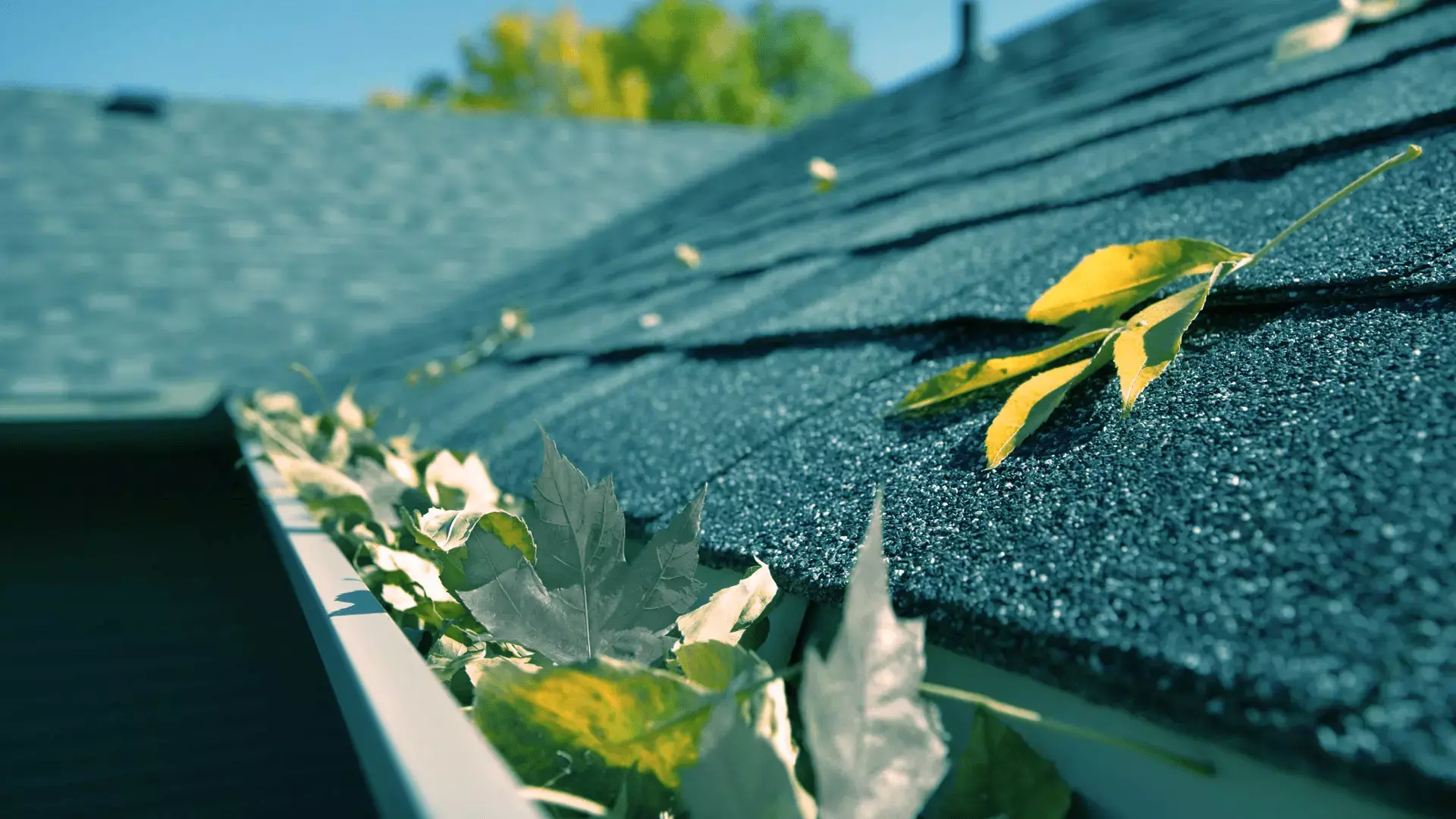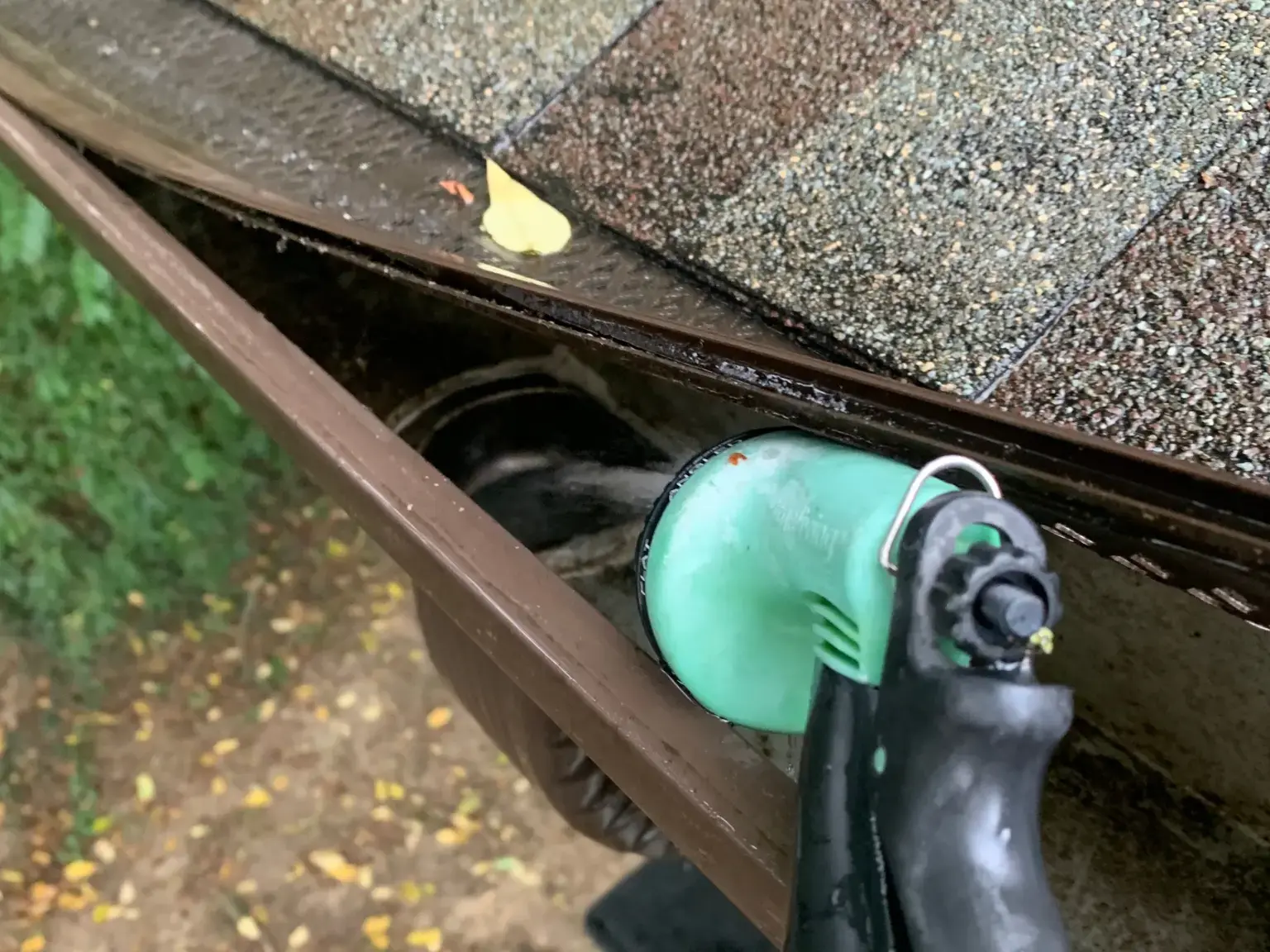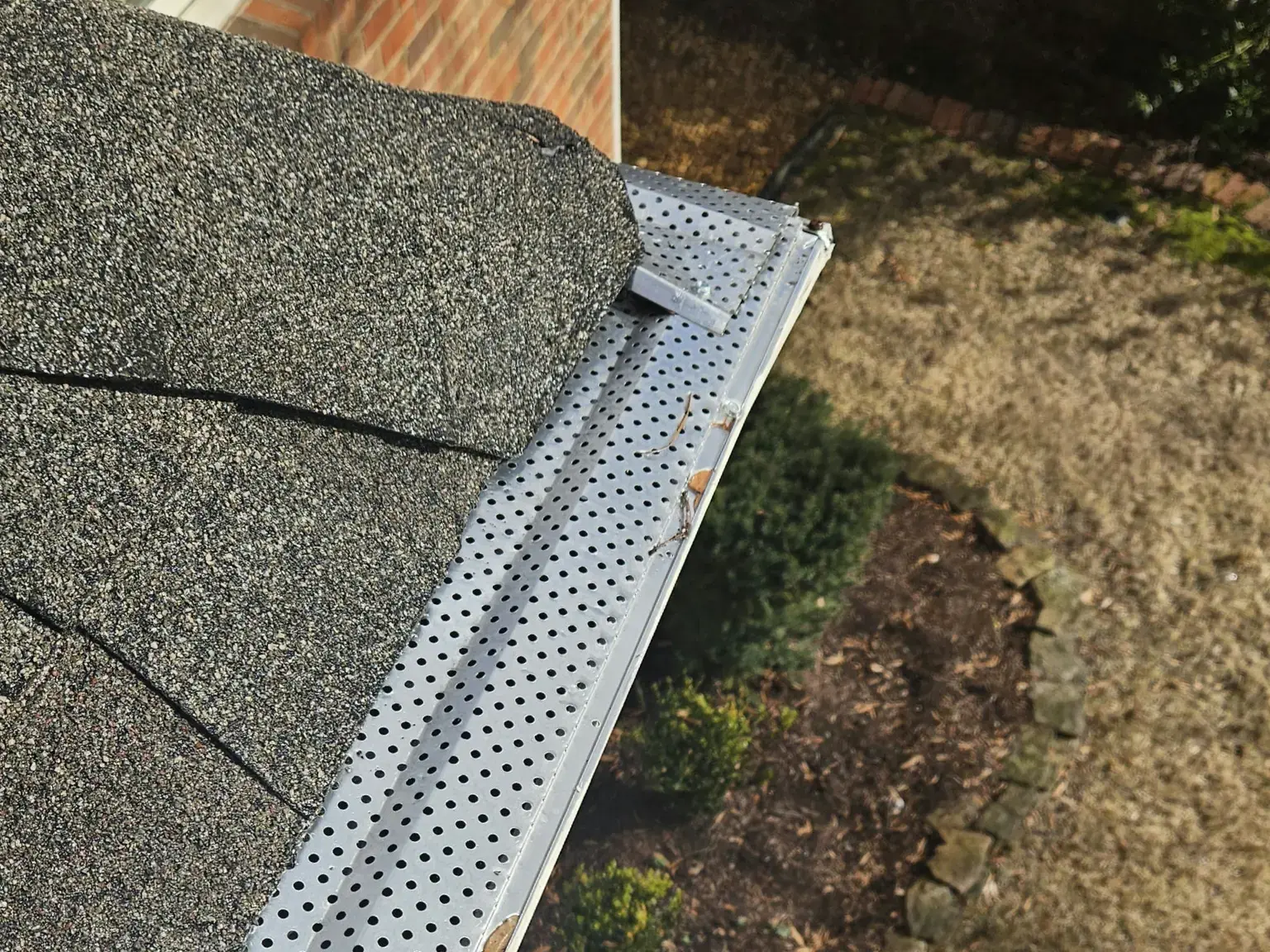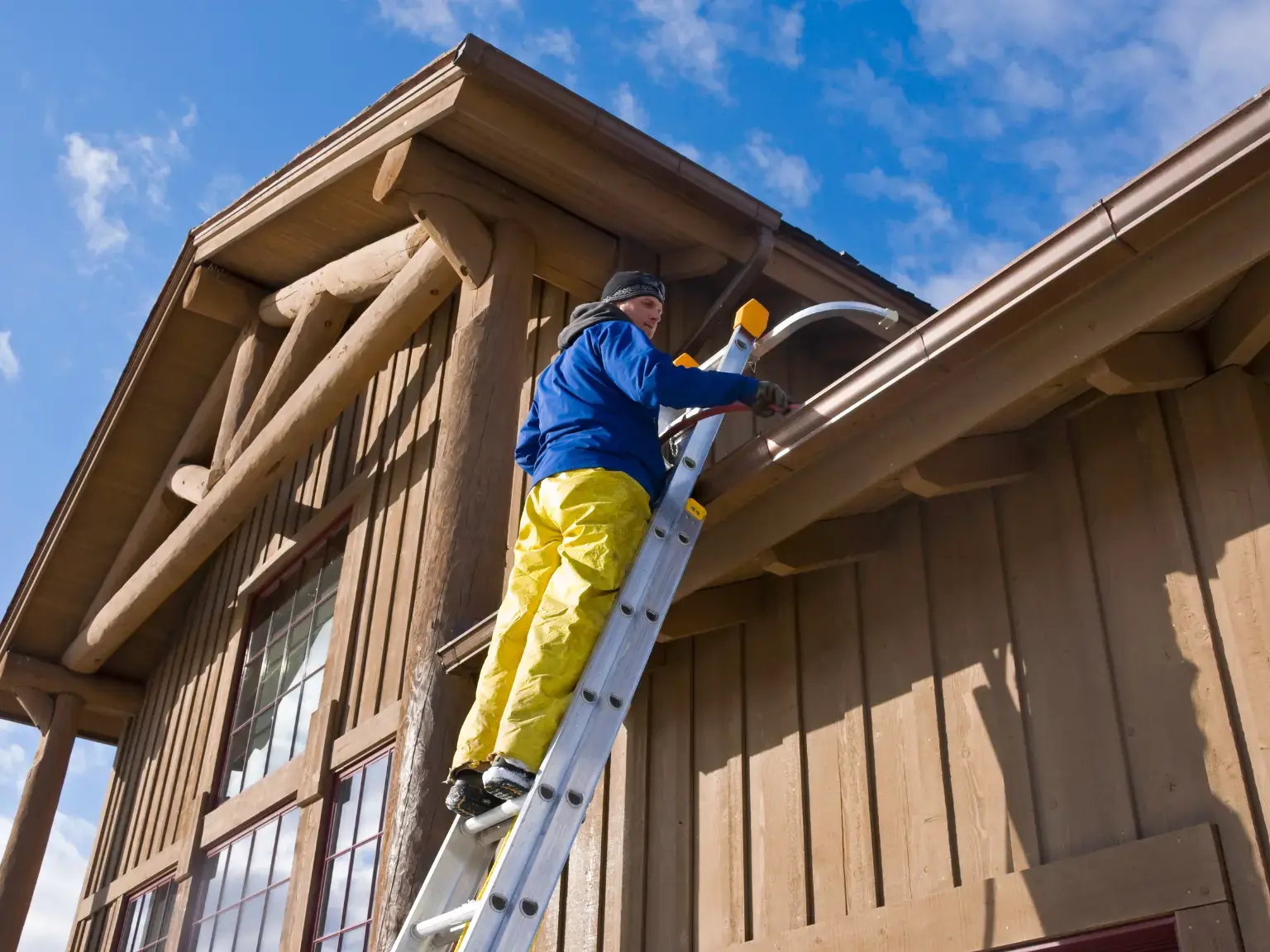In home maintenance, selecting the appropriate downspout type is a key decision for homeowners, affecting both the aesthetic appeal and functional efficiency of their property. There are three primary downspout types to consider: round, rectangular, and K-style, each offering unique features and advantages.
Round downspouts are recognized for their cylindrical shape, making them a suitable choice for traditional home designs. Their smooth interior surface plays a crucial role in reducing clog risks, ensuring a steady flow of water away from the home’s foundation. This feature is especially beneficial in regions with heavy rainfall, as it allows for efficient handling of large volumes of water.
Rectangular downspouts, known for their pragmatic and straightforward design, feature flat sides that facilitate easy installation against the exterior walls of a home. While they effectively channel water, they demand more frequent maintenance to prevent blockages, a more common issue with this shape.
K-style downspouts, complementing K-style gutters, stand out with their decorative appearance, resembling crown molding. This design choice offers a blend of elegance and functionality, appealing to homeowners who seek both visual appeal and efficient rainwater diversion. These downspouts are particularly well-suited to modern or contemporary homes, adding a stylish element while fulfilling their primary role in water drainage.
Understanding the differences between these downspout types is crucial for homeowners. It allows them to choose a downspout that not only matches their home’s architectural style but also meets their practical needs in terms of local climate and maintenance requirements. The right downspout enhances both the functionality and curb appeal of a home, making this a significant decision in home maintenance planning.
Introduction to Downspout Types
Downspouts, integral components of a home’s rain gutter system, are designed to direct water from the roof to the ground, safely away from the structure. This section introduces the various types of downspouts – round, rectangular, and K-style – each with distinct characteristics and functionalities. Understanding the differences and applications of these downspout types is crucial for effective home maintenance and water management.
The Role of Downspouts in Home Maintenance
Downspouts are essential for protecting a home’s foundation and structural integrity. They channel rainwater from the gutters to a safe distance from the home, preventing water accumulation that can lead to basement flooding, soil erosion, and damage to the home’s foundation. Efficient downspouts also help in maintaining the landscaping and preventing water-related issues like mold and mildew growth.
Factors to Consider When Choosing a Downspout
When selecting a downspout, homeowners should consider the architectural style of their home, the volume of rainfall in their area, and their personal maintenance preferences. Compatibility with existing gutters, the downspout’s water-handling capacity, and its impact on the property’s aesthetic appeal are also critical. The choice should balance functionality, durability, and design to complement the home effectively.
Round Downspouts
Round downspouts are a popular choice for their sleek, cylindrical design, offering both functional and aesthetic benefits. These downspouts are particularly effective in handling water flow and require less maintenance, making them a practical option for many homeowners.
Design and Aesthetic Appeal of Round Downspouts
The cylindrical shape of round downspouts provides a classic and elegant look, making them a favored choice for homeowners who prioritize aesthetics. They blend seamlessly with various architectural styles, especially traditional and historic homes, enhancing the property’s overall curb appeal.
Advantages of Round Downspouts for Water Flow and Maintenance
Round downspouts are efficient in managing water flow due to their smooth shape, which minimizes the chances of clogging and blockages. This design ensures a consistent and unobstructed flow of water, reducing the need for frequent maintenance and cleaning.
Ideal Home Styles for Round Downspouts
Round downspouts are particularly well-suited for homes with classic or historic architectural designs. Their elegant form complements these styles without detracting from the property’s traditional aesthetic. However, their versatility also allows them to be adapted to more modern home designs, offering a touch of traditional elegance to contemporary structures.
Rectangular Downspouts
Rectangular downspouts are a common choice in residential properties, known for their functional design and efficient water management capabilities. This section will explore their practicality, maintenance requirements, and suitability for various home styles.
The Practical Design of Rectangular Downspouts
Rectangular downspouts are designed for efficiency and ease of installation. Their flat sides allow for a close fit against the exterior walls of a home, making them less obtrusive. This design maximizes the space used for water flow, allowing for effective drainage, especially in areas with heavy rainfall.
Maintenance and Efficiency Considerations
While rectangular downspouts are efficient in water channeling, they may require more maintenance compared to round downspouts.
Their angular design can lead to the accumulation of debris, necessitating regular cleaning to prevent blockages. However, their efficient design ensures quick and effective water diversion away from the home’s foundation when properly maintained.
Best Fit Scenarios for Rectangular Downspouts
Rectangular downspouts are best suited for modern and contemporary home designs due to their clean lines and minimalistic appearance. They are also a practical choice for areas with heavy rainfall, as their design can handle large volumes of water effectively.
K-Style Downspouts
K-style downspouts are notable for their decorative appearance and are often paired with K-style gutters. They provide an aesthetic advantage while ensuring functional rainwater management.
Unique Features of K-Style Downspouts
K-style downspouts are characterized by their decorative front side, which often mimics the look of crown molding. This design adds a decorative touch to the home’s exterior, making them a popular choice for homeowners seeking style as well as functionality.
Combining Functionality with Aesthetics
Apart from their unique appearance, K-style downspouts are effective in managing water flow. Their design allows for a good balance between water handling capacity and visual appeal, making them an excellent choice for homeowners who do not want to compromise on either aspect.
Matching K-Style Downspouts with Home Architecture
K-style downspouts are particularly well-suited for homes with elaborate or detailed architecture. Their decorative nature complements such styles, enhancing the home’s overall aesthetic. They are also versatile enough to fit well with more modern designs, offering a touch of elegance to newer constructions.
Comparing Downspout Types
This section provides a comparative overview of round, rectangular, and K-style downspouts, focusing on their aesthetics, functionality, maintenance, durability, and suitability in different environmental conditions.
Aesthetics vs. Functionality: A Comparative Analysis
When comparing downspout types, aesthetics and functionality often play equally important roles. Round downspouts offer a classic look, suitable for traditional homes, while rectangular downspouts provide a more modern, minimalistic appearance. K-style downspouts, with their decorative features, add an element of sophistication. Functionality-wise, round downspouts are less prone to clogging, rectangular ones offer efficient water flow, and K-style downspouts balance visual appeal with effective water management.
Maintenance and Durability Considerations
Maintenance and durability are key factors in choosing a downspout. Round downspouts typically require less maintenance due to fewer clogs, while rectangular downspouts might need more frequent cleaning. K-style downspouts, with more intricate designs, can demand careful maintenance. In terms of durability, all types can be long-lasting if made from quality materials and properly maintained.
Climate and Environmental Factors in Downspout Selection
Climate plays a crucial role in selecting downspouts. In areas with heavy rainfall, a downspout with a larger capacity, like some rectangular designs, might be necessary. Conversely, in regions with less intense weather, aesthetic considerations might take precedence.
Installation and Maintenance Tips
Practical advice on installing and maintaining downspouts to ensure their longevity and effectiveness.
Professional Installation vs. DIY: What You Need to Know
Professional installation ensures that downspouts are correctly fitted and function optimally. However, DIY installation can be a cost-effective option for those with the necessary skills. It’s important to understand local building codes and have the right tools and materials for DIY projects.
Regular Maintenance Practices for Longevity
Regular maintenance, including cleaning out leaves and debris, inspecting for damages, and ensuring proper water flow, is essential for the longevity of downspouts. Seasonal checks, especially in autumn and spring, can prevent blockages and other issues.
Conclusion
Summarizing the key points and guiding homeowners in their decision-making process.
Making an Informed Decision for Your Home
Choosing the right downspout type involves balancing aesthetics, functionality, maintenance, and environmental factors. Homeowners should consider their home’s architectural style, local climate, and their ability to maintain the downspouts over time.
Enhancing Home Value and Function with the Right Choice
The right downspout not only protects the home from water damage but also enhances its overall value and curb appeal. A well-chosen downspout type can be a significant aspect of home maintenance, contributing to both the aesthetic and functional quality of the property.



